Home>Storage Ideas>Storage Baskets>How Often To Water Begonias In Hanging Baskets
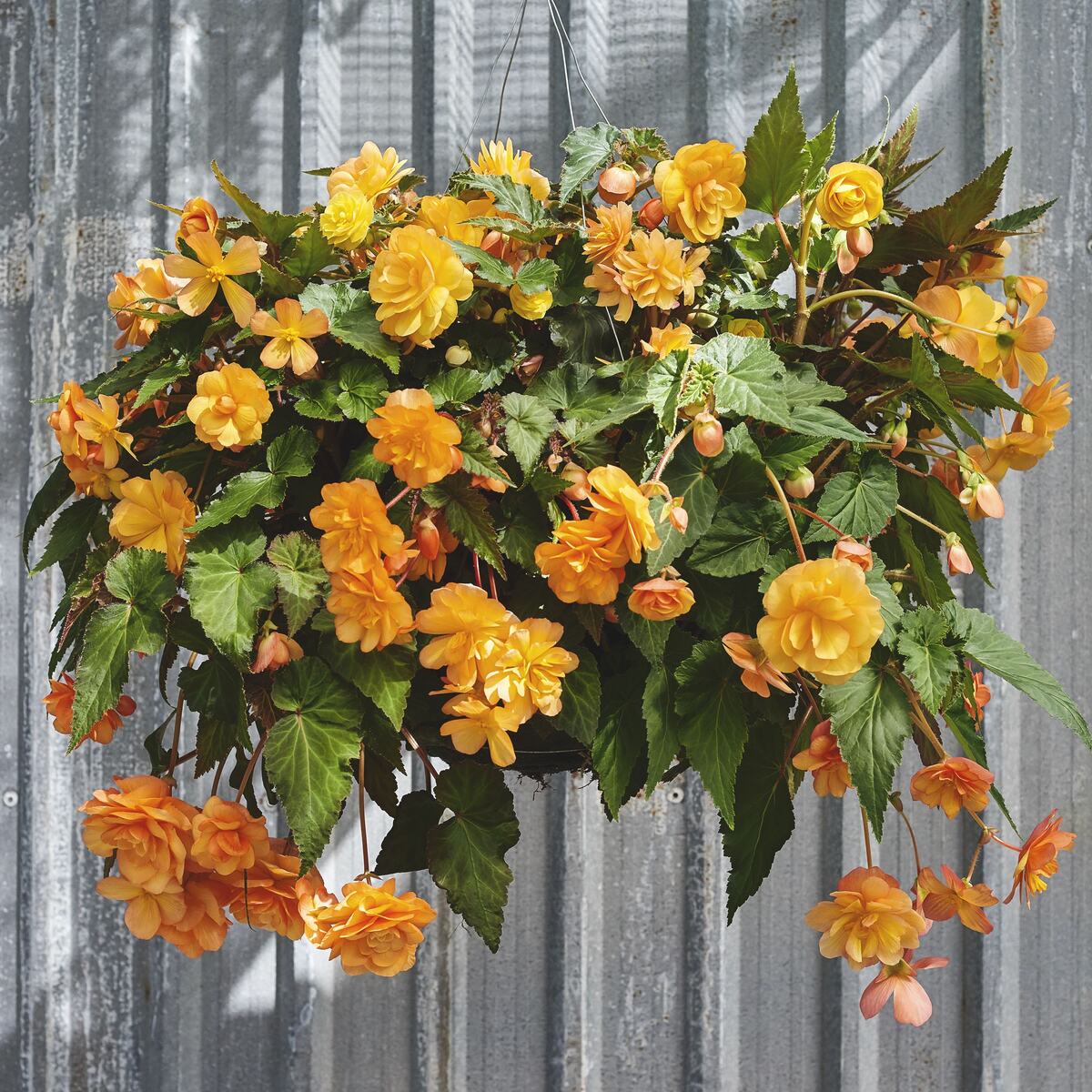

Storage Baskets
How Often To Water Begonias In Hanging Baskets
Modified: January 6, 2024
Discover the best watering routine for your begonias in hanging baskets and keep them thriving all season long. Get expert tips and advice on watering frequency for storage baskets.
(Many of the links in this article redirect to a specific reviewed product. Your purchase of these products through affiliate links helps to generate commission for Storables.com, at no extra cost. Learn more)
Introduction
Welcome to the wonderful world of begonias in hanging baskets! These vibrant and versatile plants can add a burst of color and beauty to any space. However, to ensure that your begonias thrive and flourish, proper care and maintenance are essential. One crucial aspect of their care regimen is providing the right amount of water.
Watering begonias in hanging baskets can be a bit tricky. Too much water can lead to root rot and other problems, while too little water can cause the plants to wither and die. Finding the right balance is key to keeping your begonias healthy and vibrant.
In this article, we will explore the factors that affect watering frequency for begonias in hanging baskets, understand their specific watering needs, and discover the signs of both overwatering and underwatering. We will also provide tips and techniques for effectively watering your begonias to ensure their long-term success.
So, grab your watering can and let’s dive into the world of begonias!
Key Takeaways:
- Proper watering is crucial for begonias in hanging baskets. Balance moisture, understand plant needs, and use effective techniques to ensure optimal growth and prevent common watering-related problems.
- Factors like plant size, climate, and soil type affect watering frequency. Adjust your routine based on plant response and environmental conditions for thriving begonias.
Factors Affecting Watering Frequency
Several factors come into play when determining how often you should water your begonias in hanging baskets. Understanding these factors will help you establish a watering routine that suits the specific needs of your plants. Here are the key factors to consider:
- Plant size and stage of growth: The size of your begonia plants and their growth stage will affect their water requirements. Young plants and smaller varieties generally need less frequent watering compared to mature and larger plants.
- Environmental conditions: The climate and weather conditions in your area play a significant role in determining the watering frequency. Hot and dry climates require more frequent watering, while cooler and more humid environments may necessitate less frequent watering.
- Basket material: The material of the hanging basket can influence the water retention capability. Some materials, such as terracotta or porous planters, may allow water to evaporate more quickly, requiring more frequent watering. On the other hand, plastic or metal baskets tend to retain moisture for longer periods.
- Soil composition: The type of soil or potting mix you use can impact how quickly it dries out. Well-draining mixes, such as those with perlite or vermiculite, allow excess water to drain away more efficiently, reducing the risk of root rot. However, these mixes may dry out faster, requiring more regular watering.
- Sun exposure: The amount of sun your begonias receive plays a role in their water requirements. Plants exposed to direct sunlight for extended periods may require more frequent watering due to increased evaporation and faster soil moisture depletion.
Keep in mind that these factors are not independent of each other, and it’s essential to consider them collectively when determining your begonias’ watering frequency. Adjustments may be needed by observing how your plants respond and adjusting your watering routine accordingly.
Next, we will delve deeper into understanding the specific watering needs of begonias to help you establish an effective watering schedule.
Understanding Begonia Watering Needs
When it comes to watering begonias in hanging baskets, it’s crucial to understand their specific watering needs. Begonias are known for their preference for moist but well-draining soil. Overwatering can lead to root rot and other fungal diseases, while underwatering can cause the plants to wilt and suffer. Here are a few key points to consider:
Consistent Moisture: Begonias prefer consistent moisture in their soil, neither too wet nor too dry. It’s important to strike a balance by providing enough water to keep the soil moist but avoiding waterlogged conditions. This can be achieved by thoroughly watering the baskets until water drains out of the bottom and allowing the top inch or so of the soil to dry out slightly before watering again.
Avoid Prolonged Dryness: While begonias don’t like to sit in water, it’s equally crucial to prevent the soil from becoming overly dry. Prolonged dry spells can cause stress to the plants and lead to wilting, leaf drop, and overall decline. Regularly check the moisture level by inserting your finger about an inch into the soil. If it feels dry, it’s time to water.
Seasonal Adjustments: As the seasons change, so do the watering needs of begonias. In the warmer months, when the evaporation is higher, you may need to water more frequently. During cooler periods or winter, when growth slows down, you can reduce the watering frequency.
Extra Caution in Humid Environments: If you live in a humid environment where rainfall is frequent, you’ll need to be cautious about overwatering your begonias. The soil may retain moisture for longer, and excessive watering can lead to root rot. Adjust your watering routine accordingly and monitor the soil moisture carefully.
By understanding and catering to the specific watering needs of begonias, you can provide them with the optimal conditions for growth and help prevent common watering-related problems.
Next, we will discuss how to evaluate the moisture level of the soil and identify signs of overwatering and underwatering in begonias.
Evaluating the Soil Moisture
One of the key aspects of watering begonias in hanging baskets is evaluating the moisture level of the soil. This will help you determine when it’s time to water and avoid both overwatering and underwatering. Here are some methods to assess the soil moisture:
Finger Test: Insert your finger about an inch into the soil. If it feels dry at that depth, it’s an indication that the plant needs water. If it still feels slightly moist, you can hold off on watering for a little longer.
Weight Test: Lift the hanging basket and gauge its weight. After thorough watering, the basket will feel heavier, indicating that the soil is adequately moist. As the water evaporates and the soil dries out, the basket will become lighter. This can give you a general idea of the soil moisture level and whether it’s time to water or not.
Meter or Probe: You can use a moisture meter or probe specifically designed for gardening to measure the moisture level in the soil. These devices provide more accurate readings and are helpful for those who prefer a more data-driven approach to watering.
Remember that begonias prefer consistent moisture, so aim to water when the soil is slightly dry but not bone-dry. Avoid waiting until the soil is completely parched as it can lead to stress and damage to the plants.
Next, we will discuss the signs of overwatering and underwatering in begonias to help you identify any watering-related issues.
Water begonias in hanging baskets when the top inch of soil feels dry to the touch. This is usually every 1-2 days, but may vary depending on the temperature and humidity levels.
Signs of Overwatering and Underwatering
It’s essential to be able to identify the signs of both overwatering and underwatering in begonias to prevent any watering-related problems. Here are the common signs to look out for:
Overwatering:
- Wilting and yellowing leaves, despite the soil being consistently moist
- Root rot or a foul odor coming from the soil
- Yellow or translucent leaves that may eventually drop
- Mold or fungus growth on the soil surface
- Stunted growth or lack of new growth
If you notice any of these signs, it’s crucial to adjust your watering routine by allowing the soil to dry out more between watering sessions. Ensure that the hanging basket has proper drainage to prevent water from pooling and leading to root rot.
Underwatering:
- Wilted and droopy leaves that don’t recover after watering
- Dry, brittle, or yellowed leaves
- Stunted growth and lack of flowering
- Soil pulling away from the sides of the basket
- Pale or discolored leaves
If you observe these signs, it’s important to increase your watering frequency and ensure that the soil is sufficiently moist. However, avoid overcompensating and causing waterlogged conditions.
By closely monitoring your begonias for these signs, you can proactively address any watering issues and provide the optimal moisture levels for their growth and health.
Next, we will explore some effective watering techniques specifically for begonias in hanging baskets.
Watering Techniques for Begonias in Hanging Baskets
Watering begonias in hanging baskets requires some specific techniques to ensure that the plants receive adequate moisture without any water-related complications. Here are some effective watering techniques to follow:
Thorough Watering: When it’s time to water your begonias, make sure to thoroughly soak the soil. Water until you see water draining out from the bottom of the basket, ensuring that the entire rootball is saturated. This helps to flush out any excess salts or build-up and promotes even moisture distribution throughout the soil.
Watering at the Right Time: It’s best to water your begonias in the early morning or late afternoon. This allows the plants to absorb water before the heat of the day and minimizes water loss through evaporation. Avoid watering during the hottest part of the day, as the water can evaporate quickly and potentially scorch the leaves.
Avoiding Wet Foliage: Aim to water the soil directly and avoid wetting the foliage excessively. Wet leaves, especially if left in prolonged contact with water, can increase the risk of fungal diseases. If the foliage does get wet, gently shake off any excess water to prevent prolonged moisture on the leaves.
Consistent Watering Schedule: Establish a consistent watering schedule based on the needs of your begonias and the environmental factors. Avoid erratic watering, as it can stress the plants and lead to uneven growth or flowering patterns. A regular routine helps the plants establish a healthy root system and contributes to overall stability and vigor.
Monitor Soil Moisture: Regularly check the moisture level of the soil using the finger test or other methods mentioned earlier. Adjust your watering frequency based on the moisture levels and the signs of overwatering or underwatering you observe. Remember that the frequency may vary throughout the year due to seasonal changes and environmental conditions.
Consider Self-Watering Systems: If you find it challenging to maintain consistent moisture levels or if you will be away for an extended period, consider using self-watering systems or watering spikes designed specifically for hanging baskets. These devices can help provide a steady supply of water to the plants, ensuring they receive the necessary hydration even if you’re unable to tend to them daily.
By applying these watering techniques, you can create optimal conditions for your begonias in hanging baskets and help them thrive and flourish.
Next, we will discuss some best practices for watering begonias to ensure their long-term success.
Best Practices for Watering Begonias
Proper watering is essential for the health and success of your begonias in hanging baskets. By following these best practices, you can ensure that your plants receive the right amount of water and thrive:
1. Observe and adapt: Pay close attention to your begonias and observe how they respond to your watering routine. Adjust the frequency and amount of water based on their specific needs, environmental conditions, and signs of overwatering or underwatering.
2. Use well-draining soil: Choose a high-quality potting mix that provides good drainage for your begonias. This allows excess water to drain away, preventing waterlogged conditions that can lead to root rot. Adding perlite or vermiculite to the mix can help improve drainage.
3. Provide adequate drainage: Ensure that your hanging baskets have proper drainage holes to allow excess water to escape. This helps to prevent water from pooling at the bottom of the basket and causing waterlogged conditions.
4. Don’t rely solely on visual cues: While wilted leaves can indicate a need for water, it’s important not to rely solely on visual cues. It’s better to consider other factors like soil moisture level and the weight of the hanging basket to determine watering needs.
5. Water at the root level: Focus your watering efforts at the root level rather than splashing water on the foliage. Watering at the root base ensures that the water reaches the plant’s roots where it is most needed for absorption and nutrient uptake.
6. Mulch to conserve moisture: Apply a layer of organic mulch, such as bark chips or pea straw, to the surface of the soil. Mulching helps to conserve moisture, reduce evaporation, and keep the soil temperature more consistent. It also adds a decorative touch to your hanging baskets.
7. Avoid leaving standing water: After watering, check if any excess water has pooled in the saucer or tray beneath the hanging basket. Empty out any standing water to prevent root rot and fungal growth.
8. Consider the plant’s growth stage: Adjust your watering routine depending on the growth stage of your begonias. Young plants may need more frequent watering to establish a healthy root system, while mature plants require less frequent watering once their roots are well-developed.
9. Regularly check for pests and diseases: Overwatering can create a damp environment that is conducive to the growth of pests and diseases. Keep a close eye on your begonias for any signs of infestation or plant diseases, and take appropriate measures to address them promptly.
By following these best practices, you can ensure that your begonias receive optimal water and maintain their health, beauty, and vibrancy in your hanging baskets.
Finally, let’s conclude our exploration of watering begonias in hanging baskets.
Conclusion
Watering begonias in hanging baskets is a vital aspect of their care routine that requires attention and careful consideration. By understanding the factors that affect watering frequency, the specific needs of begonias, and how to evaluate soil moisture, you can provide the ideal watering conditions for your plants.
Remember that begonias prefer moist but well-draining soil, so it’s important to strike the right balance between overwatering and underwatering. Overwatering can lead to root rot and other problems, while underwatering can cause wilting and stunted growth.
By practicing effective watering techniques, such as thorough watering, watering at the right time, and monitoring soil moisture, you can ensure that your begonias receive the right amount of water they need to thrive. Additionally, following best practices like using well-draining soil, providing proper drainage, and mulching can optimize their growing conditions.
Regularly checking for signs of overwatering or underwatering, adjusting your watering routine accordingly, and being mindful of the specific needs of your begonias will help you maintain their health and beauty in your hanging baskets.
So, go ahead and enjoy the rewarding experience of growing begonias in hanging baskets. With proper watering practices, you can create a stunning display of vibrant colors and lush foliage that will bring joy and beauty to any space.
Frequently Asked Questions about How Often To Water Begonias In Hanging Baskets
Was this page helpful?
At Storables.com, we guarantee accurate and reliable information. Our content, validated by Expert Board Contributors, is crafted following stringent Editorial Policies. We're committed to providing you with well-researched, expert-backed insights for all your informational needs.
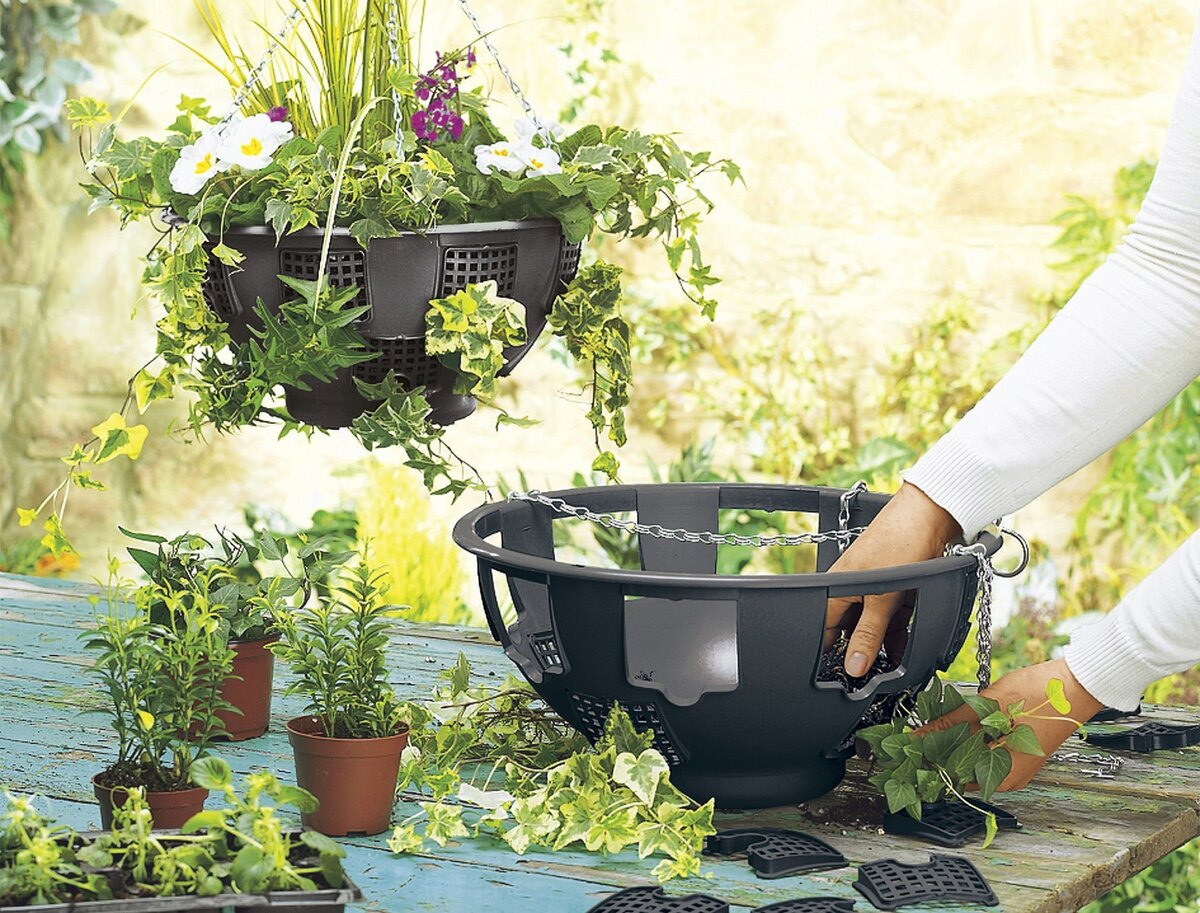


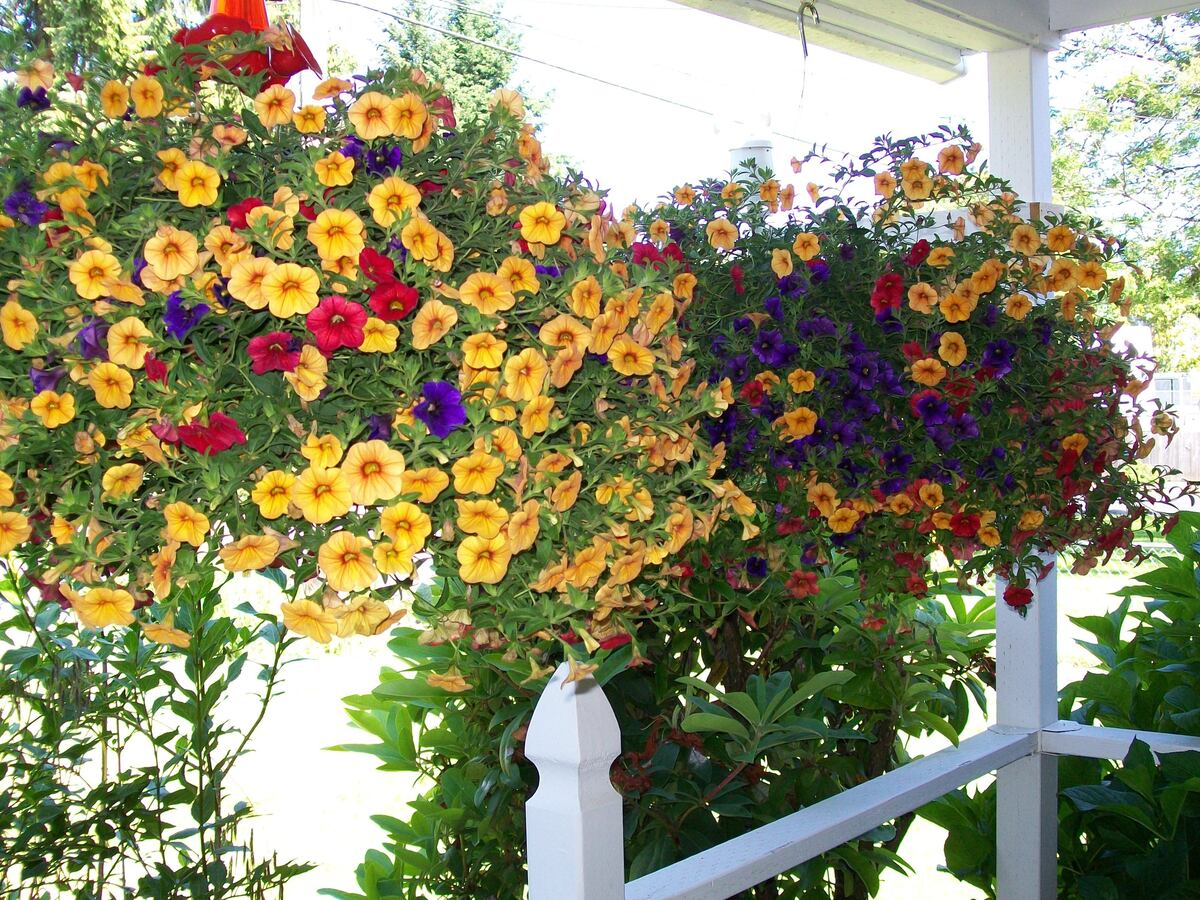
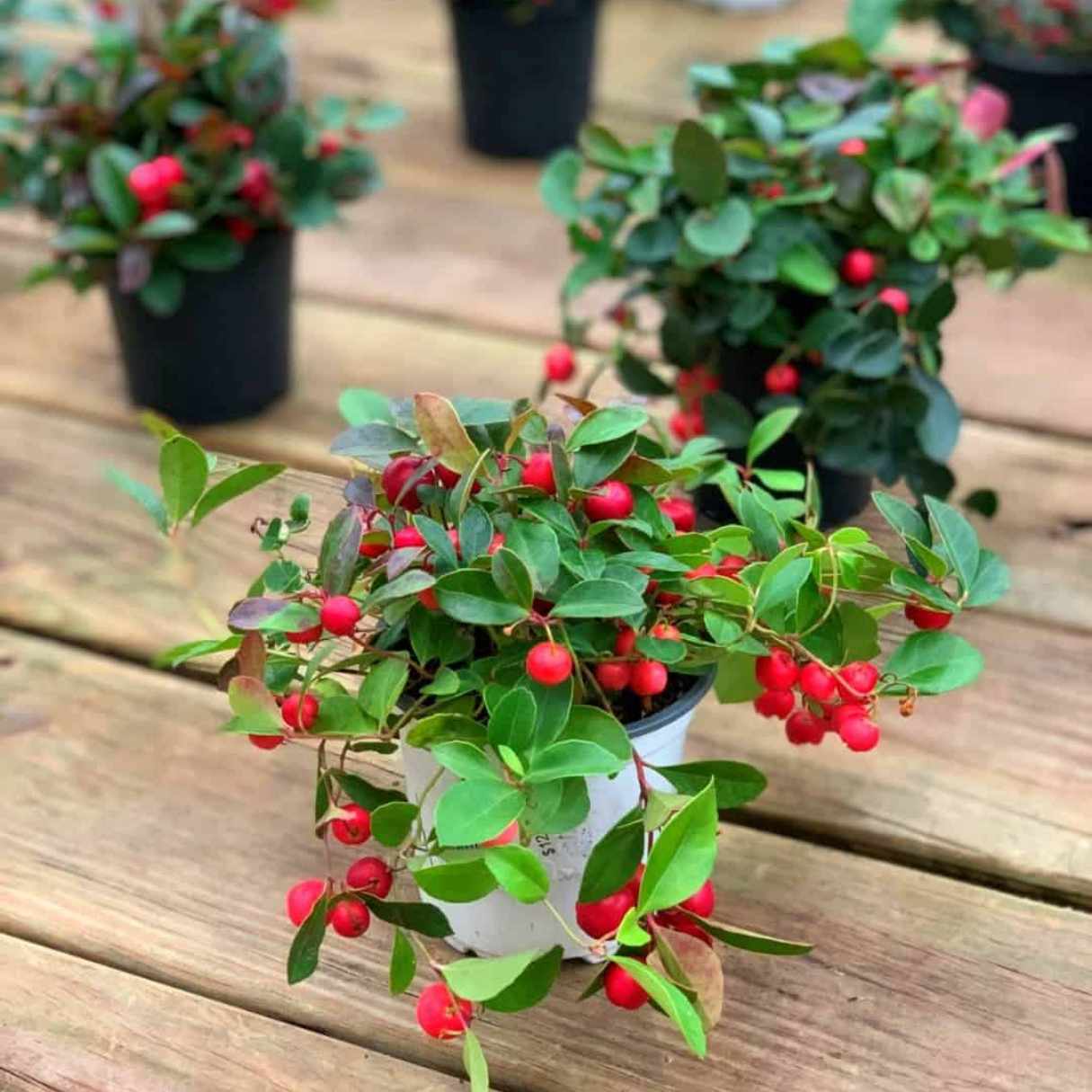
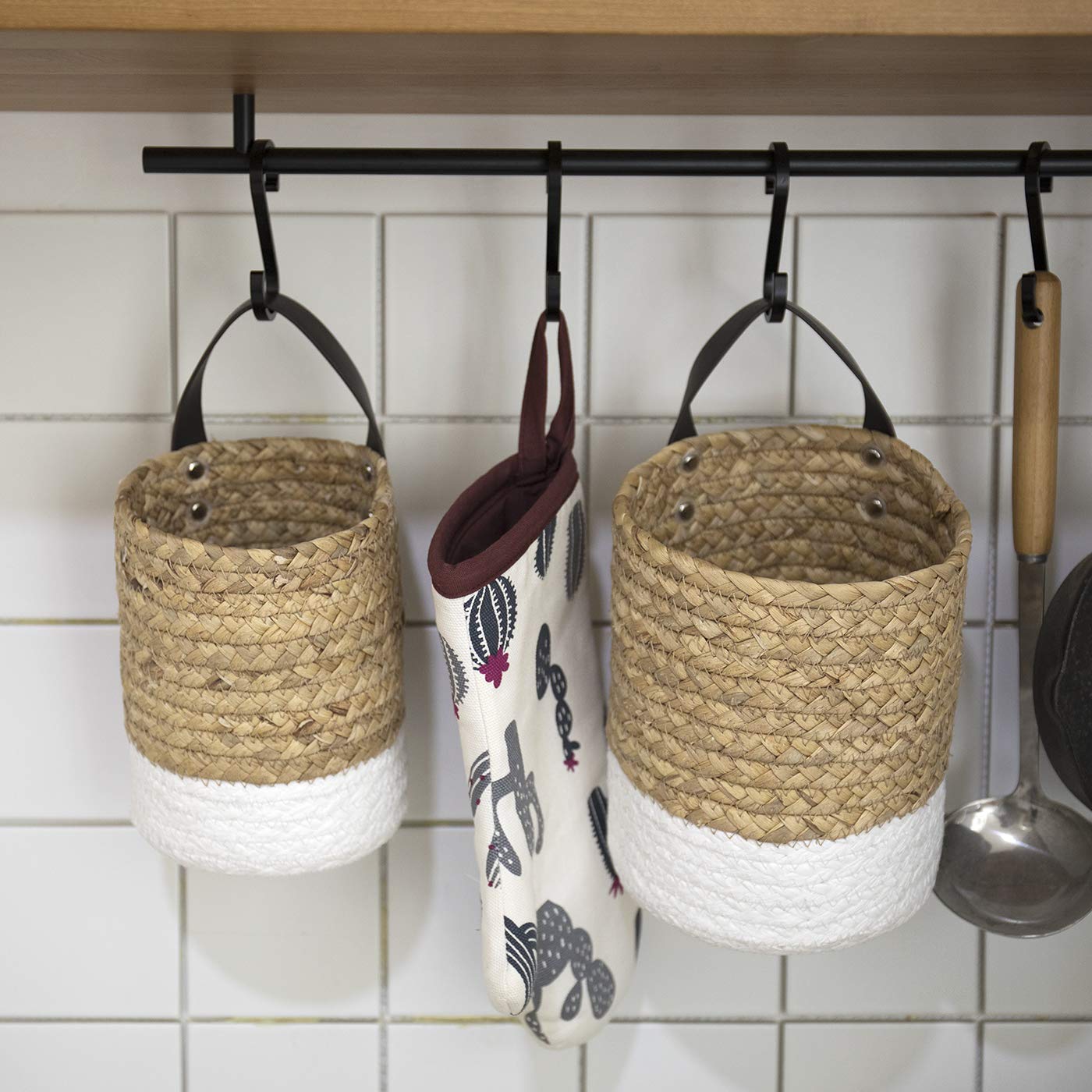
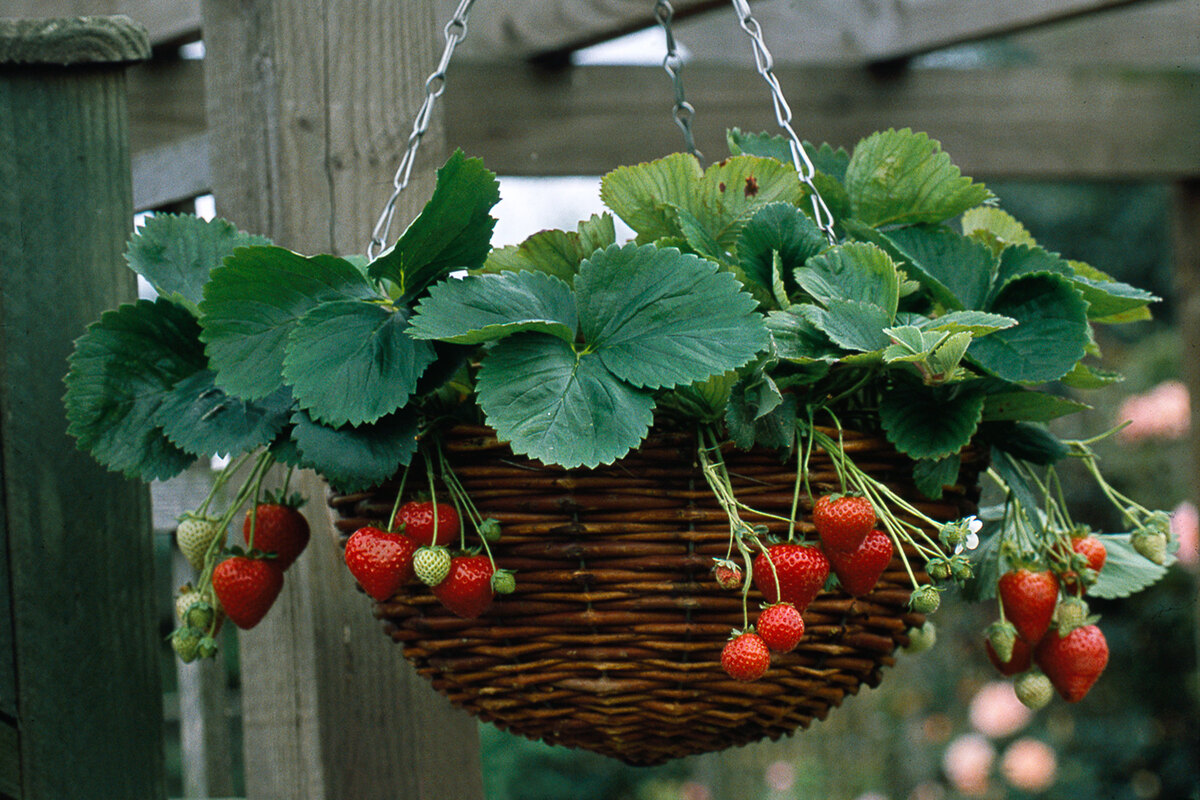
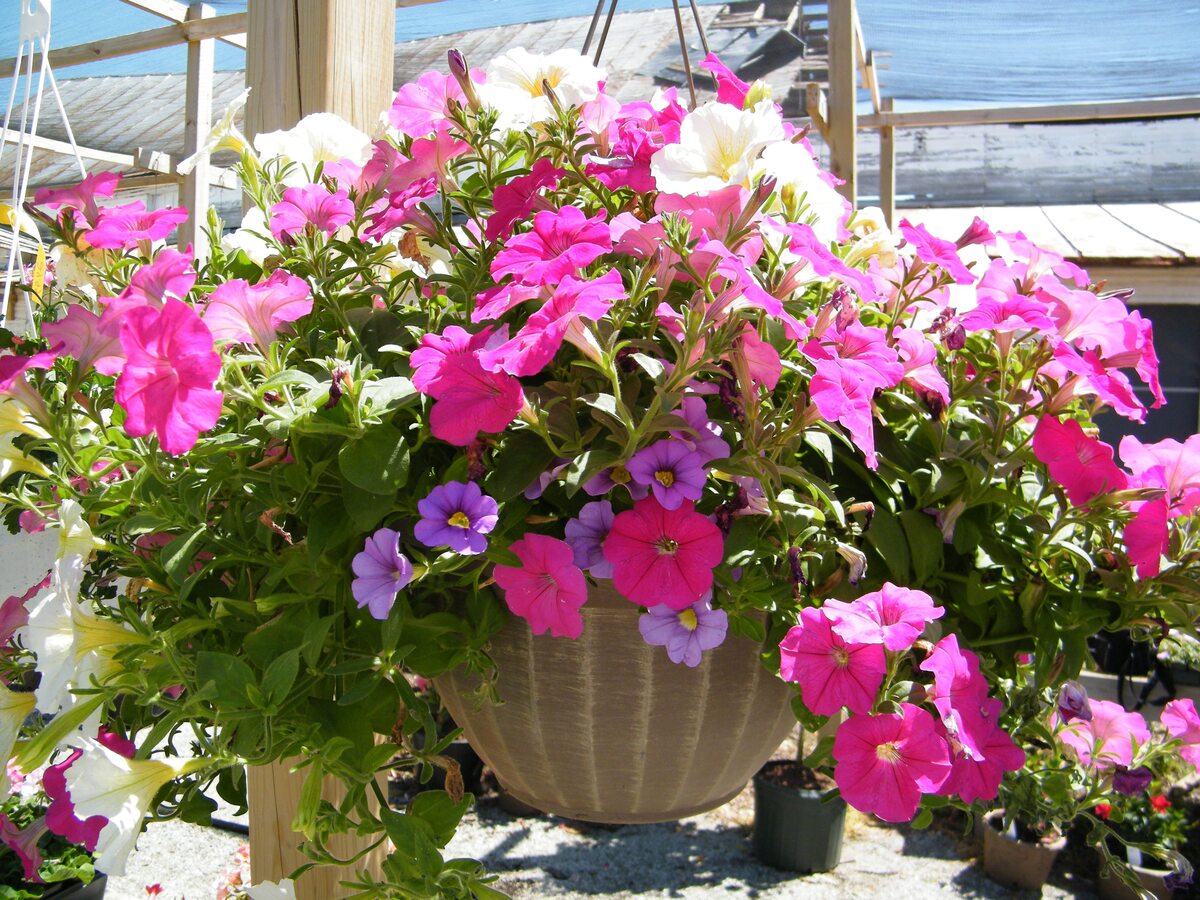
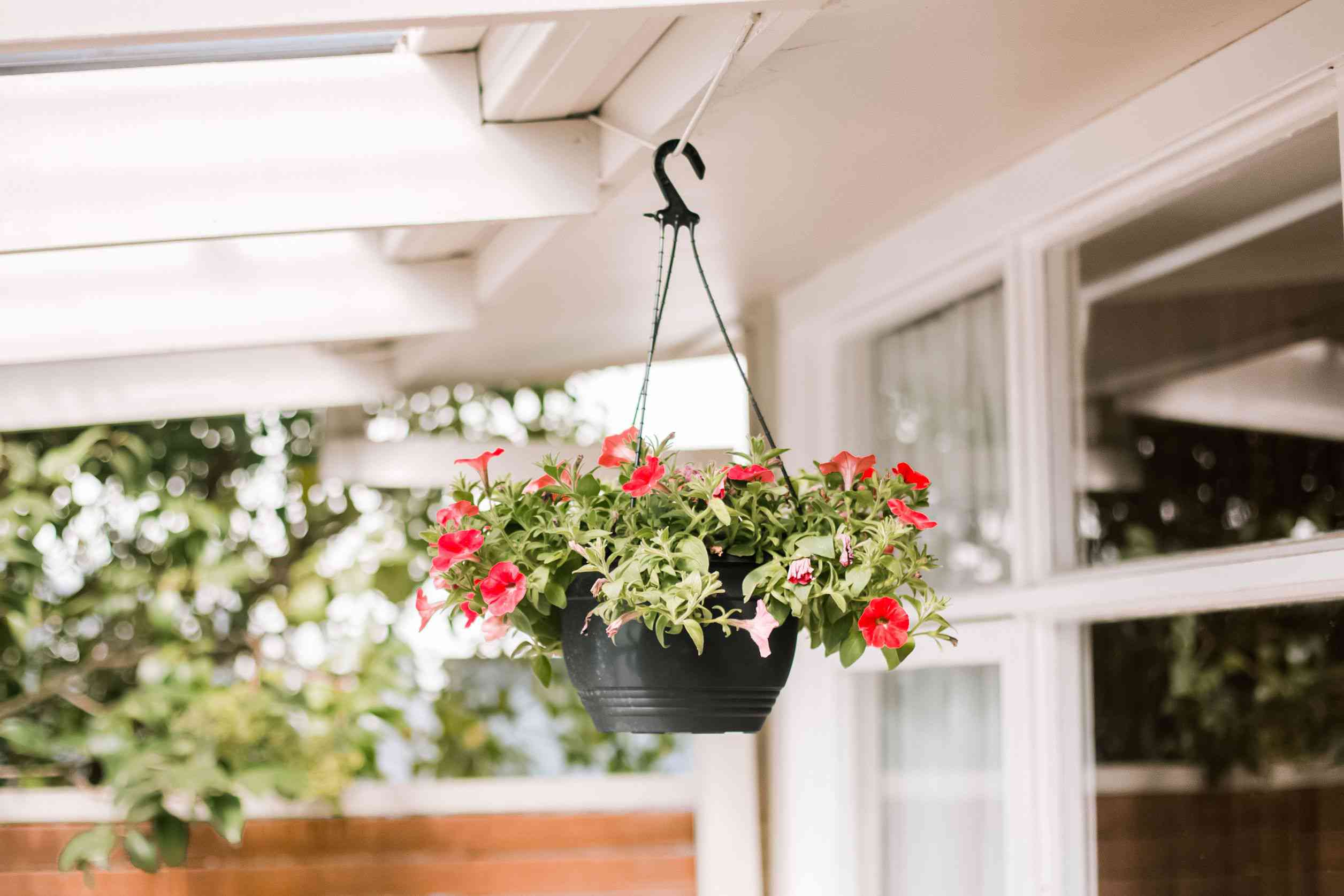
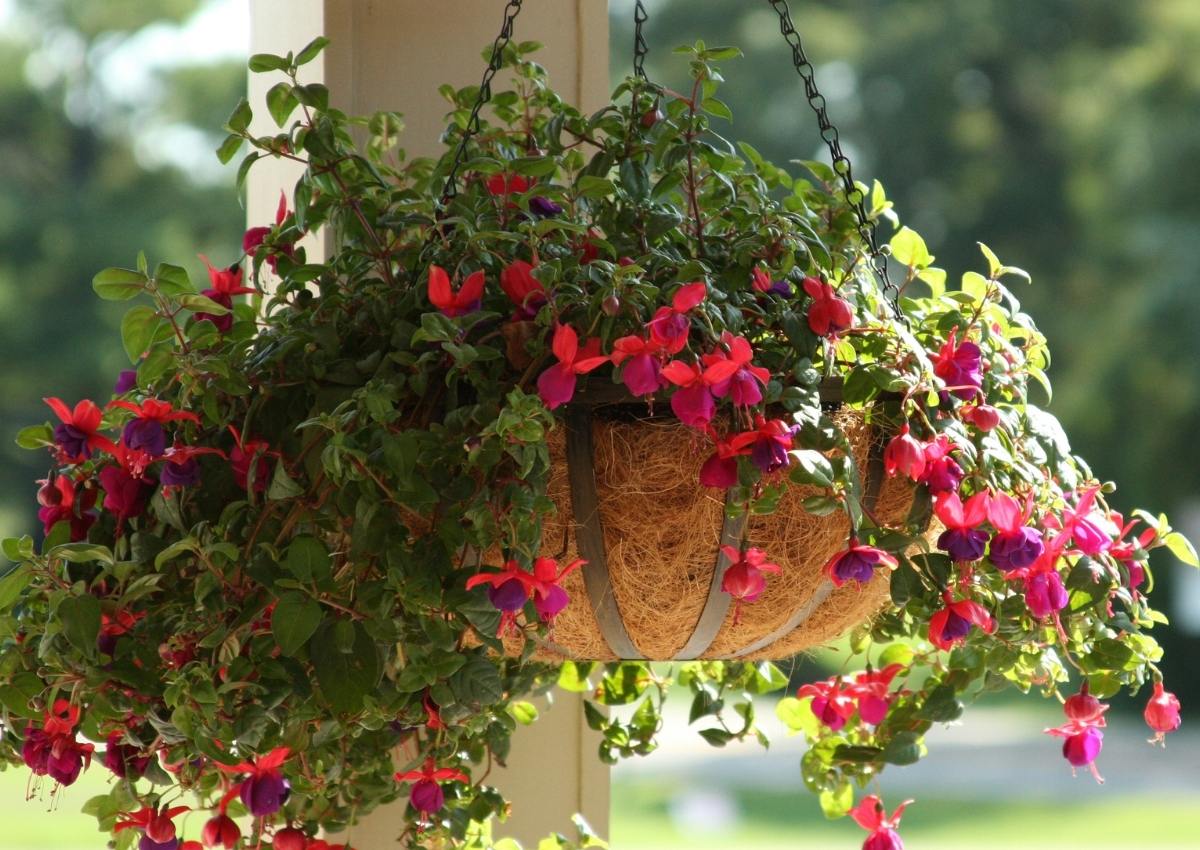
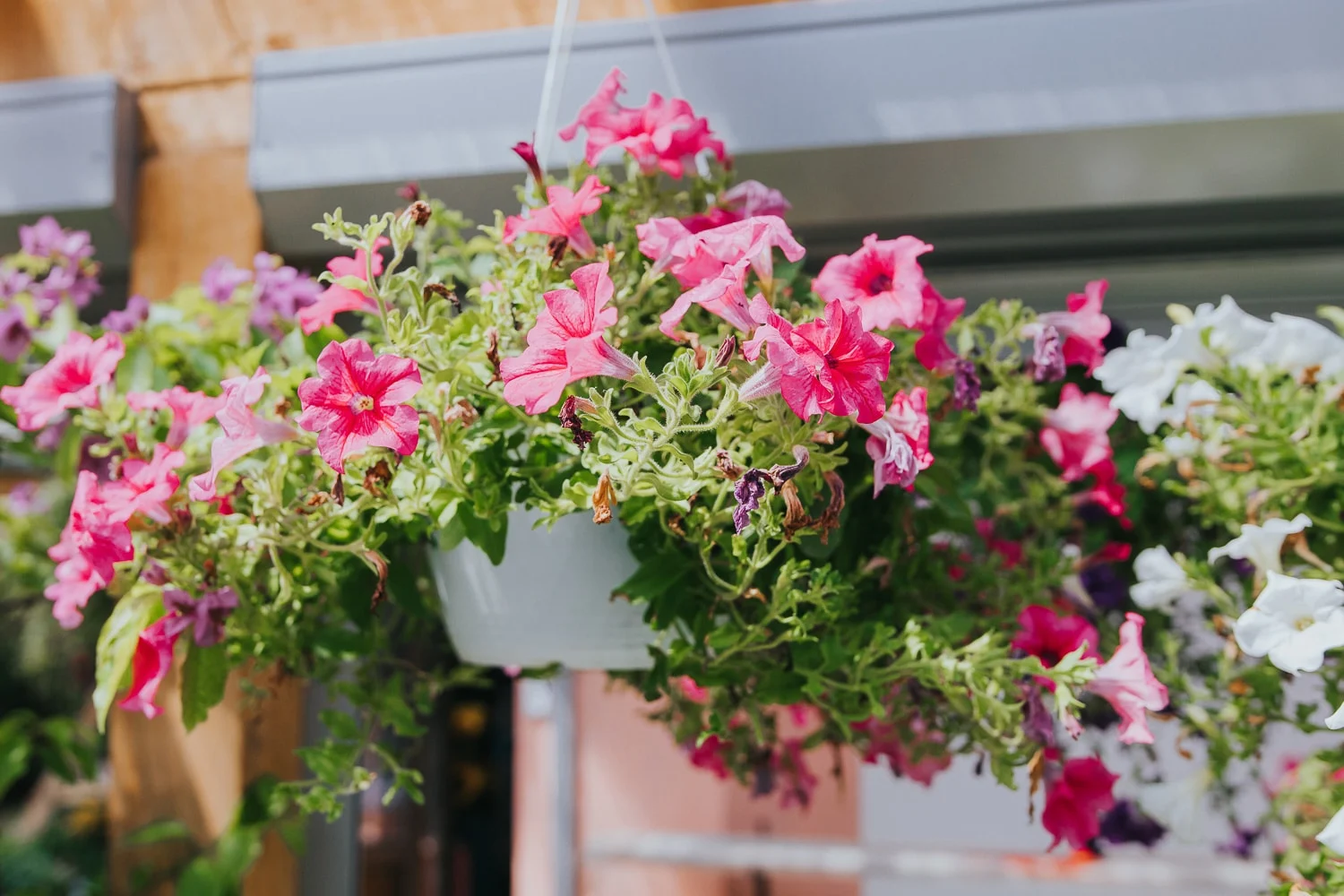
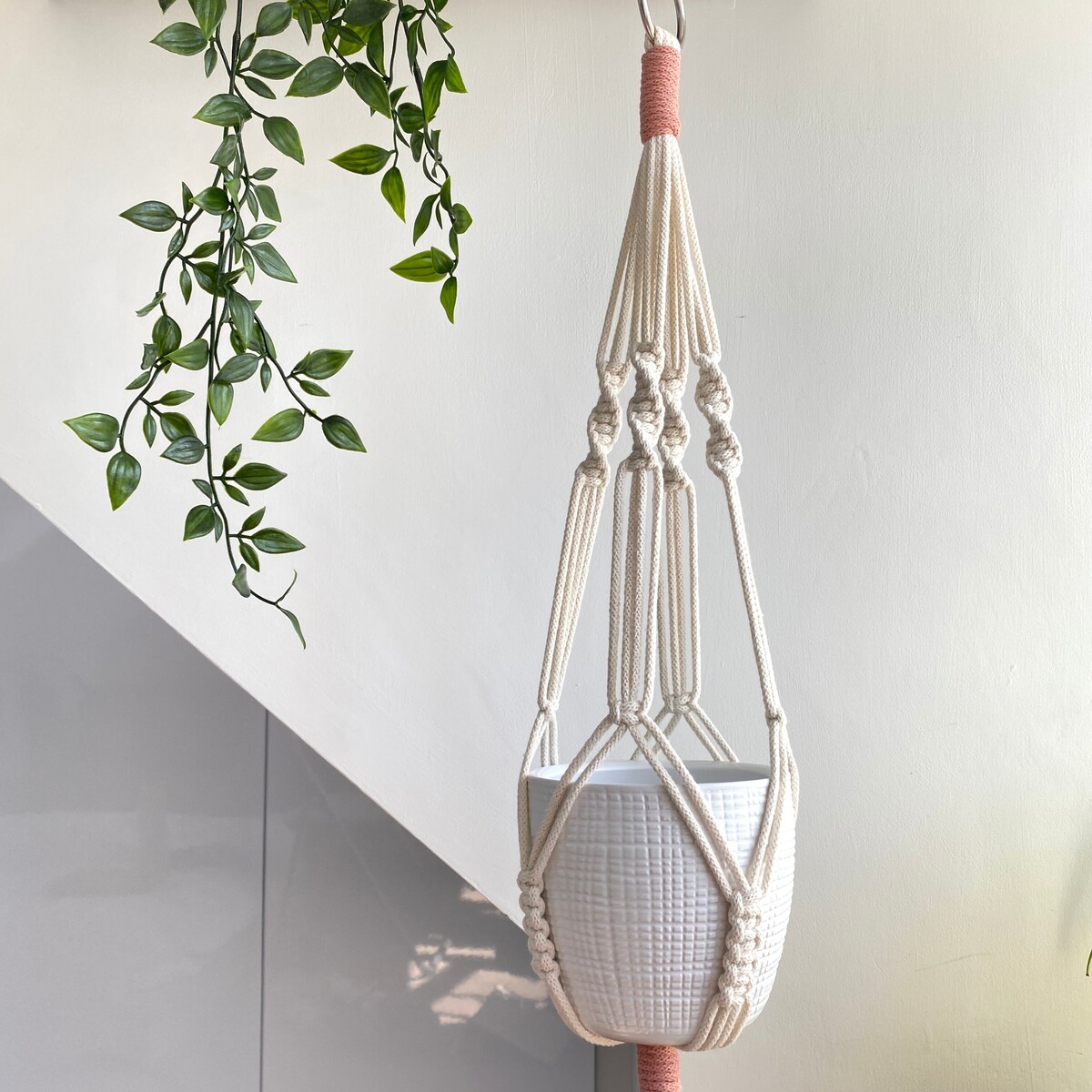
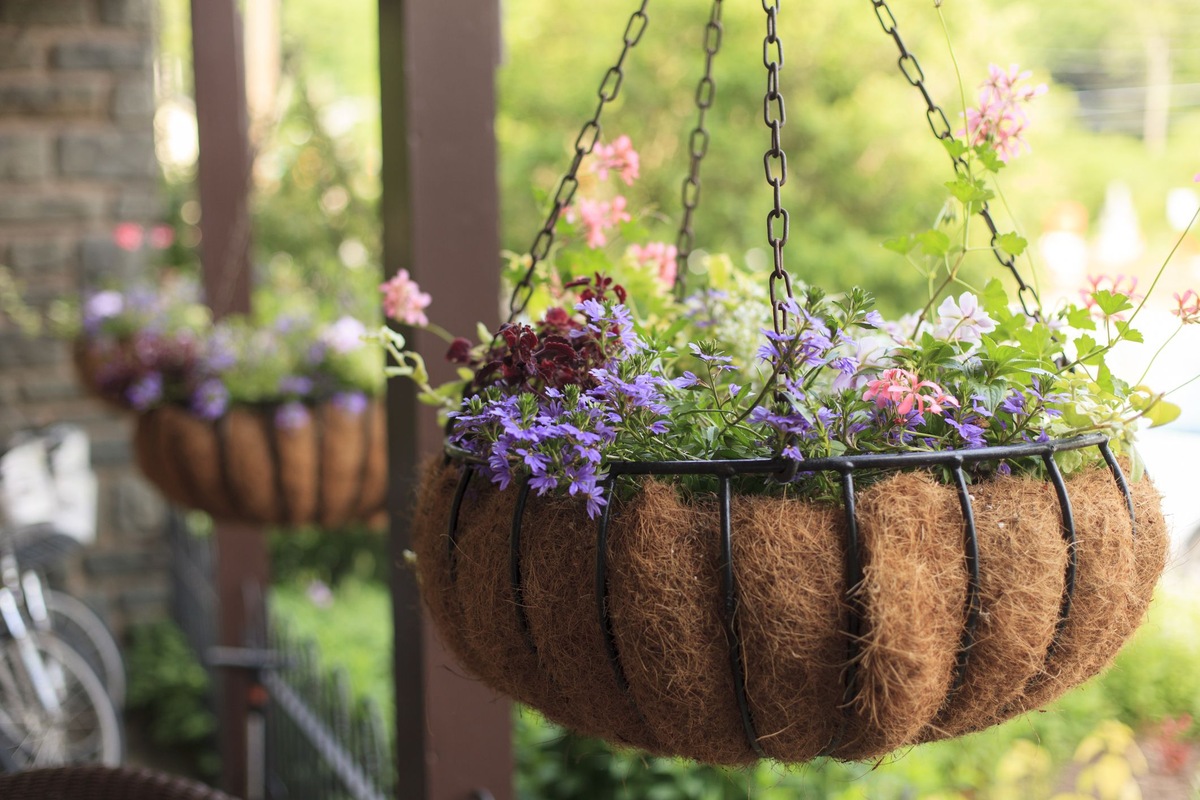


0 thoughts on “How Often To Water Begonias In Hanging Baskets”